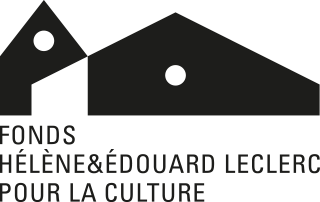- Publié le 29/01/2020
- Par Équipe Médiation
Pas à pas > Jeunesse
Enfant, Velickovic fut témoin de la répression de la résistance
yougoslave par l’armée allemande. Hanté dès ce moment
par la question de la souffrance et de la mort, il découvrit, au
Louvre, à seize ans, la Piétà de Villeneuve-lès-Avignon qui
détermina sa vocation. Observons Paysage aux oiseaux
morts (1964). Un paysage, mais sans végétation. La lumière
est uniformément blanche. On distingue des oiseaux noirs.
Ce tableau est inaugural car Velickovic ne peindra jamais
la nature, et seuls passeront dans son oeuvre des corbeaux
à côté des cadavres et des torturés. Tout se déroule comme
si l’espèce humaine avait perdu le sens de la nature. Il ne resterait
que l’effroi devant la mort, laquelle ne serait pas un
accident, mais l’état normal de ce qui est là.
As a child, Velickovic witnessed the repression of the
Yugoslav resistance by the German army. Haunted from
that moment by the question of suffering and death, it was
a visit to the Louvre when he was 16, and the subsequent
encounter with the Pietà of Villeneuve-lès-Avignon, that
determined his vocation. Let’s have a look at Paysage aux
oiseaux morts (1964). A landscape, but without vegetation.
The light uniformly white. Black birds can be seen. This
painting is a key work for Velickovic never painted nature,
and in his oeuvre, only crows appear next to corpses and
tortured bodies. It seems that the human species has lost
the sense of nature. Only terror facing death remains, and
the latter is not considered an accident, but the normal state
of what is there.
S'ABONNER AUX NOUVELLES DU FONDS
FHEL
POUR LA CULTURE
AUX CAPUCINS
29800 LANDERNEAU (FRANCE)
02 29 62 47 78





